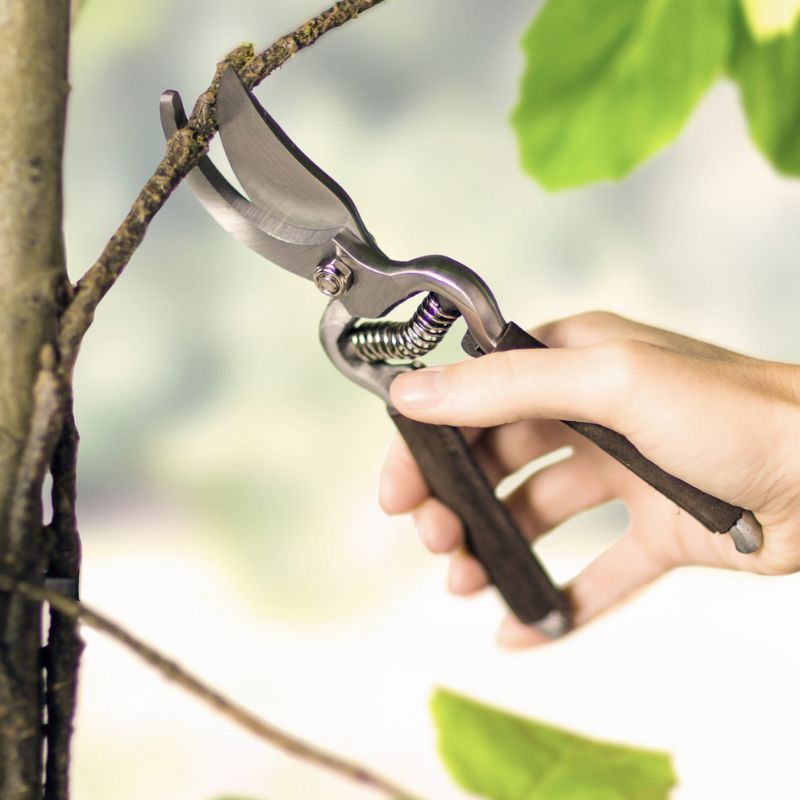A Guide to Growing Wildflowers in Irish Soil
Embracing Nature's Beauty: A Guide to Growing Wildflowers in Irish Soil
Ireland's lush landscapes and verdant countryside provide the perfect canvas for cultivating native wildflowers. Whether you're a seasoned gardener or a novice enthusiast, bringing the vibrant hues of wildflowers to your Irish soil is a rewarding endeavor. In this guide, we'll explore the essential steps to successfully grow wildflowers, fostering biodiversity and enhancing the natural beauty of your surroundings.
Understanding Irish Soil
Before diving into wildflower cultivation, it's crucial to familiarize yourself with the characteristics of Irish soil. Across our wonderful Emerald Isle, soil types vary from sandy to clay-rich, each with its unique properties. While many wildflowers thrive in well-drained soil, others such as our Wetlands Wildflower Seed Mix can tolerate damp or even waterlogged conditions. The good news is, a soil test isnt necessary to establish wildflowers that will flourish in your specific environment.
Selecting the Right Wildflower Seeds
Choosing the appropriate wildflower seeds is paramount to success. We have curated all of our wildflower seed mixtures to thrive in Irish soils. Opt for native Irish wildflower species suited to your soil type, such as the Wetlands mix if your soil is waterlogged, the Acidic soils mix if your soil is acidic, or the Butterfly and Bee Mix which suits almost all soil types and situations. Consider factors such as sunlight exposure, moisture levels, and desired bloom times when selecting your seed mix. As a producer of Irish native wildflower seed, we offer wildflower seed mixes tailored specifically for Irish conditions, ensuring optimal germination and growth.
Preparing the Site
Prepare the planting site by clearing away any existing vegetation such as grass and weeds. Loosen the soil to a depth of around 15-20 centimeters, removing any debris or rocks that may impede seedling growth. Wildflowers require bare soil for germination, ensure the area is completely free from grass and weeds. The soil shoudl be of a fine, crumbly texture, wildflowers require broken soil to germinate.
Sowing the Seeds
When sowing wildflower seeds, aim for a time when the soil is moist but not waterlogged. Spring and autumn are typically ideal seasons for sowing, allowing the seeds to establish before winter dormancy or summer heat. Scatter the seeds evenly over the prepared soil surface, taking care not to overcrowd or clump them together (carefully follow the seeding rate recommendations on the product pages and packets). Lightly rake the soil or use a light roller, ensuring good seed-to-soil contact for successful germination.
Caring for Wildflowers
Once the seeds are sown, maintain consistent moisture levels to support seedling growth, the weather usually takes care of this part for us in Ireland. If the weather is particulary dry, water gently as needed, avoiding excessive saturation. Monitor the site for weeds, promptly removing any invasive species that threaten to compete with your wildflowers. Depending on the species you've chosen, some wildflowers may require periodic deadheading or pruning to prolong blooming and encourage new growth.
Enjoying the Results
With patience and care, your wildflower garden will soon burst into an impressive display of colors, attracting many different types of Irish pollinators. Take time to observe the intricate beauty of each bloom and the bustling activity of bees, butterflies, and other beneficial insects. Embrace the ephemeral nature of wildflowers, knowing that each season brings new surprises and delights to your Irish landscape.
In conclusion, growing wildflowers in Irish soil is a journey that celebrates the diversity and resilience of nature. By following these simple steps and embracing the unique charm of native wildflowers, you'll create a haven for biodiversity and a haven of natural beauty in your owngarden or meadow.













